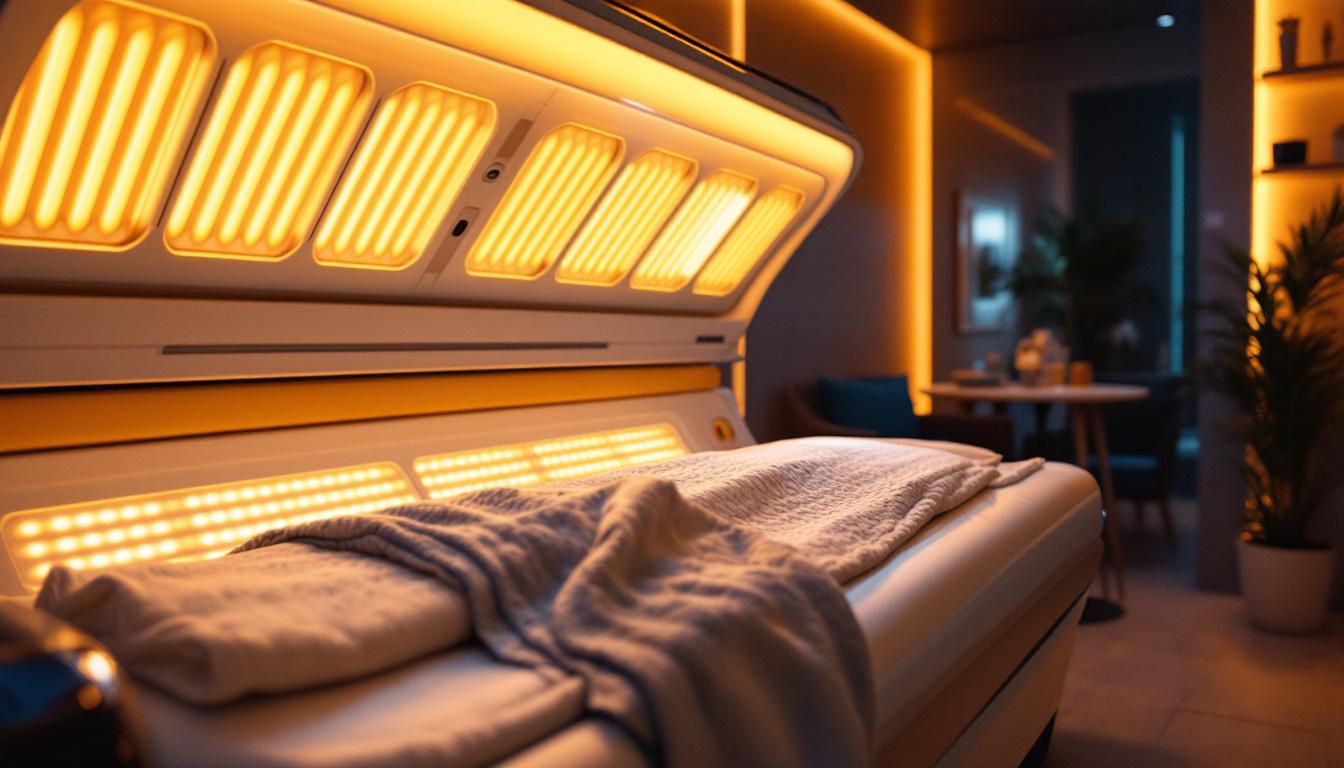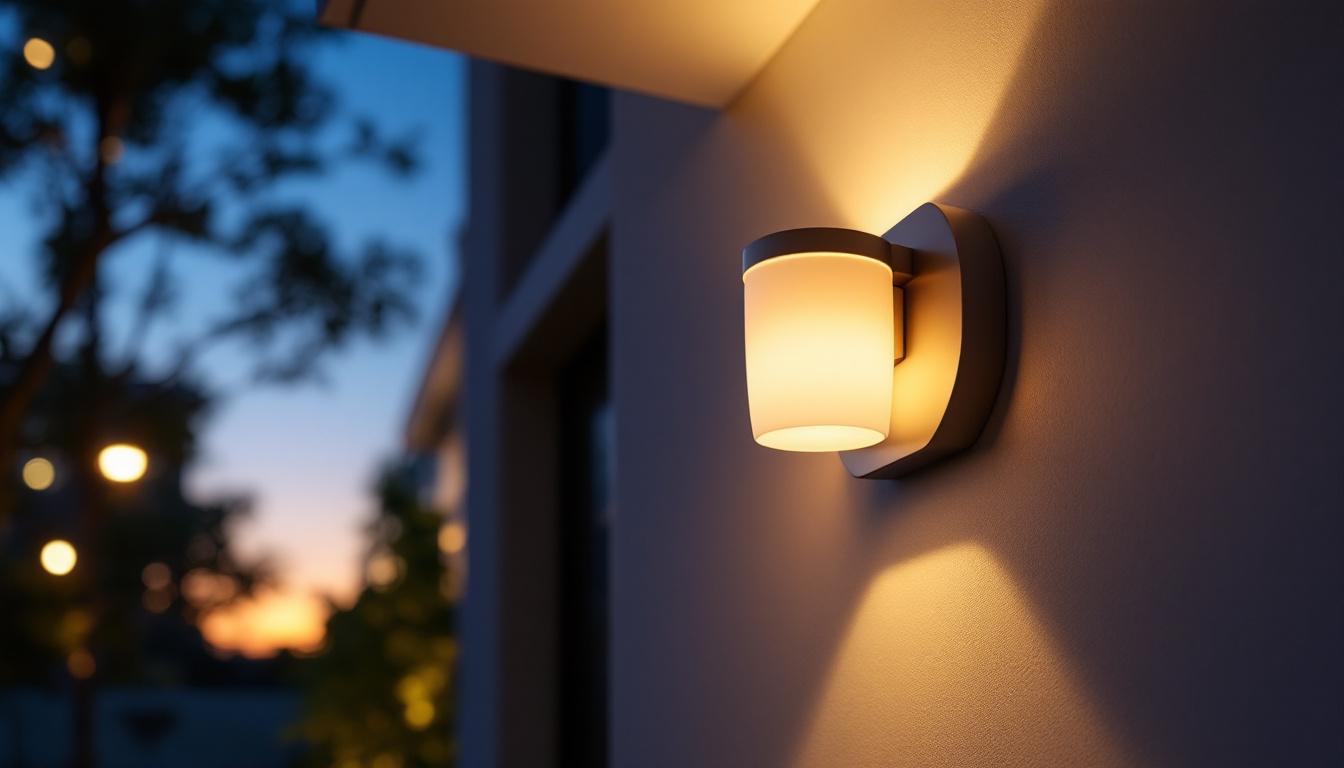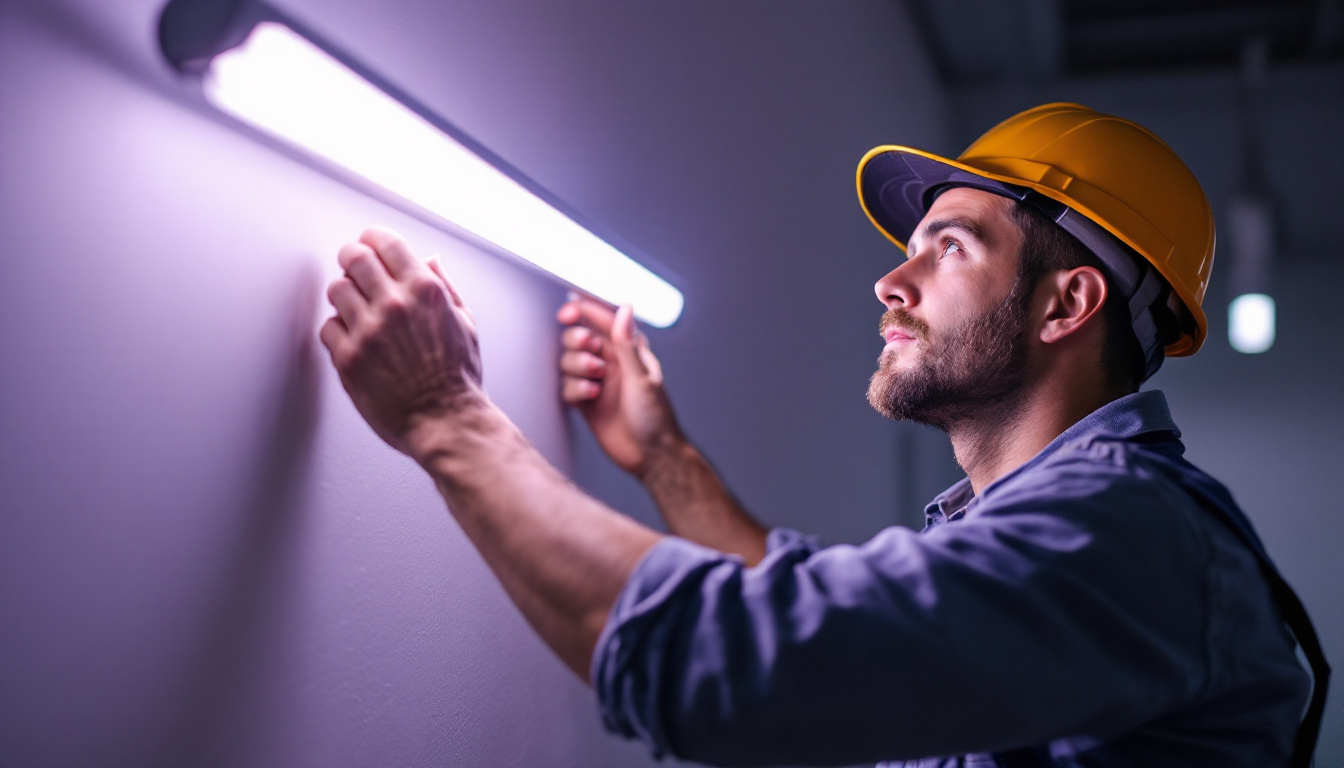
When it comes to lighting projects, especially in specialized areas like tanning beds, the right choices can make a significant difference in both aesthetics and functionality. Lighting contractors must navigate a variety of factors to ensure that their projects are successful and meet client expectations. This article aims to shed light on common pitfalls in tanning bed lighting and how to avoid them, ensuring that projects are completed efficiently and effectively.
Tanning beds require specific lighting solutions that cater to the unique needs of their users. The primary goal is to provide a safe and effective tanning experience while also ensuring that the lights are energy-efficient and long-lasting. Understanding the different types of tanning bed lights is essential for any lighting contractor.
There are several types of lights used in tanning beds, each with its own advantages and disadvantages. The most common types include fluorescent, high-pressure, and LED lights. Fluorescent lights are often used for their cost-effectiveness and availability, while high-pressure lights offer faster tanning results but may require more careful handling and installation. LED lights, on the other hand, are gaining popularity due to their energy efficiency and longer lifespan. Additionally, the choice of light can affect the overall experience of the user; for instance, high-pressure lamps can produce a more intense tanning session in a shorter time, making them ideal for clients seeking quick results.
When selecting tanning bed lights, it is crucial to consider the light spectrum. Tanning beds typically use UVA and UVB rays to stimulate melanin production in the skin. Understanding the balance between these two types of rays is vital for achieving optimal tanning results without compromising skin health. A lighting contractor should ensure that the chosen lights emit the appropriate spectrum to meet the needs of the tanning bed users. Furthermore, the ratio of UVA to UVB can significantly influence the tanning process; for example, a higher UVA content can lead to a deeper tan, while UVB rays are more effective for initiating the tanning response. This balance is essential not only for aesthetic results but also for minimizing the risk of skin damage.
Compliance with safety standards and regulations is non-negotiable in any lighting project. Tanning bed lights must adhere to specific guidelines to ensure user safety. Familiarizing oneself with local regulations and industry standards will help prevent costly mistakes and potential legal issues down the line. In addition to adhering to these regulations, it is also important for tanning salons to educate their clients about safe tanning practices. This includes understanding the recommended exposure times based on skin type, the importance of protective eyewear, and recognizing the signs of overexposure. By providing this information, salons can create a safer tanning environment and promote responsible tanning habits among their clientele.
Even experienced lighting contractors can make mistakes when it comes to tanning bed lighting. Recognizing these common pitfalls can help avoid costly errors and ensure a smoother project execution.
One of the most significant mistakes in tanning bed lighting projects is neglecting heat management. High-pressure tanning lamps can generate a substantial amount of heat, which can lead to equipment failure or even pose a fire risk if not properly managed. Ensuring adequate ventilation and heat dissipation is essential to maintaining the longevity of the lighting system and the safety of users. Properly designed cooling systems, such as exhaust fans or heat sinks, can help mitigate these risks. Additionally, contractors should consider the placement of lamps to optimize airflow and minimize hotspots, which can create uneven tanning results and discomfort for users.
In today’s environmentally conscious world, energy efficiency is more important than ever. Many contractors overlook the long-term cost savings associated with energy-efficient lighting options. By selecting LED lights or other energy-efficient alternatives, contractors can not only reduce operational costs for their clients but also contribute to a more sustainable future. Furthermore, energy-efficient lighting options often have longer lifespans, which means less frequent replacements and reduced waste. This not only benefits the environment but also enhances the overall value of the tanning bed installation, making it a more attractive option for potential customers.
Before a tanning bed is put into service, thorough testing is essential. Inadequate testing can lead to inconsistent tanning results, user dissatisfaction, and even safety hazards. Lighting contractors should implement rigorous quality assurance protocols to ensure that all lights are functioning correctly and safely before the project is completed. This includes not only checking the intensity and distribution of light but also ensuring that the electrical components meet safety standards. Regular maintenance checks should also be scheduled post-installation to address any issues that may arise over time, ensuring that the tanning beds continue to operate at peak performance and provide a safe experience for users.
Another common oversight in tanning bed lighting projects is neglecting the user experience. The ambiance created by lighting can significantly impact how clients perceive their tanning session. Factors such as light color, intensity, and even the arrangement of fixtures can enhance or detract from the overall experience. Contractors should consider incorporating adjustable lighting options that allow users to customize their tanning environment according to their preferences. Additionally, integrating features like mood lighting or timers can further enhance user satisfaction, making the tanning experience more enjoyable and inviting.
The selection of products plays a crucial role in the success of any lighting project. For tanning beds, choosing the right bulbs and fixtures is vital for achieving the desired results.
Not all bulbs are created equal. When selecting bulbs for tanning beds, it is important to evaluate the quality of the products. High-quality bulbs will provide better performance, longer life, and more consistent tanning results. Contractors should consider reputable brands and products that have been tested for safety and effectiveness.
Another critical aspect to consider is fixture compatibility. Not all bulbs fit all fixtures, and using the wrong combination can lead to poor performance or even damage. Contractors should ensure that the chosen bulbs are compatible with the fixtures being used in the tanning beds to avoid unnecessary complications.
When selecting products, it is also essential to consider warranties and support. A good warranty can provide peace of mind and protect against potential defects. Additionally, having access to reliable customer support can be invaluable in case of any issues that arise after installation.
Proper installation is key to the success of any lighting project, including tanning beds. Following best practices can help ensure that the installation process goes smoothly and that the final product meets all expectations.
Before installation begins, careful planning of the layout is essential. The arrangement of lights within the tanning bed should be designed to provide even coverage and optimal tanning results. Contractors should consider the distance between bulbs, the angle of light, and the overall design of the tanning bed to achieve the best results.
Electrical connections must be handled with care to ensure safety and functionality. Lighting contractors should follow all electrical codes and guidelines when making connections. Proper grounding and circuit protection are also crucial to prevent electrical hazards.
After installation, conducting a final inspection is essential. This step allows contractors to make any necessary adjustments and ensure that everything is functioning as intended. Checking for even light distribution, proper bulb operation, and safety compliance can help prevent future issues and ensure client satisfaction.
Once the tanning bed lighting project is complete, educating clients on maintenance is vital for the longevity of the system. Proper care can prevent issues and extend the life of the lights.
Clients should be informed about the importance of regular cleaning and maintenance of tanning bed lights. Dust and debris can accumulate on bulbs and fixtures, reducing their effectiveness and lifespan. Providing clients with a maintenance schedule and tips can help them keep their tanning beds in optimal condition.
Encouraging clients to monitor the performance of their tanning bed lights is also essential. Any noticeable changes in tanning results or light output should be addressed promptly. Educating clients on what to look for can help them identify issues before they become significant problems.
Finally, clients should be made aware of when to replace bulbs and consider upgrades. As technology advances, newer and more efficient lighting options may become available. Keeping clients informed about these advancements can enhance their tanning bed experience and improve overall satisfaction.
In conclusion, tanning bed lighting projects require careful consideration and planning to avoid costly mistakes. By understanding the unique needs of tanning beds, recognizing common pitfalls, and following best practices in product selection and installation, lighting contractors can ensure successful outcomes. Additionally, educating clients on maintenance and performance monitoring will contribute to the longevity and effectiveness of the lighting systems. With the right approach, contractors can provide exceptional service and create a positive experience for tanning bed users.
Ready to elevate your tanning bed lighting projects with the highest quality products at unbeatable prices? Look no further than LumenWholesale. Our spec-grade lighting selection is designed to meet the rigorous demands of tanning bed applications, ensuring durability, safety, and energy efficiency. With LumenWholesale, you can access premium lighting solutions without the premium price tag. Plus, enjoy the convenience of free shipping on bulk orders. Don’t let hidden fees dim your project’s success. Choose LumenWholesale for the best value in wholesale lighting. Discover our products now and light up your next project with confidence.

Discover why staying updated on exterior flush mount light fixtures is crucial for lighting contractors.

Discover expert insights and best practices for selecting and installing pendant chandeliers in this comprehensive guide tailored for lighting contractors.

Explore the transformative impact of LED technology in the lighting industry.

Discover the essential insights lighting contractors need to meet client expectations with 4-foot fluorescent bulbs.